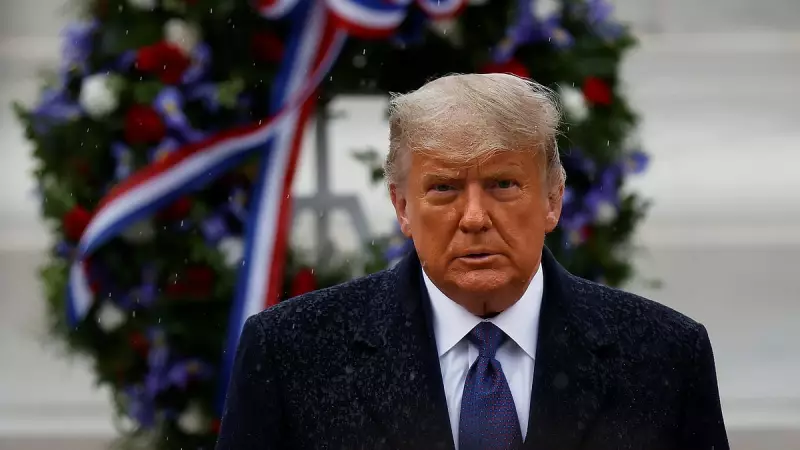
The concept of a G2 partnership between the United States and China, often floated in international circles, finds one of its most vocal proponents in former President Donald Trump. This proposed bilateral framework, envisioning joint leadership of the global order, is increasingly being scrutinized as a product of Trump's distinctive and often disruptive approach to foreign policy.
The Genesis of an Unconventional Idea
Unlike traditional diplomatic initiatives that emerge from state departments and think tanks, the G2 proposal gained significant traction through Trump's public statements and private negotiations. His administration's transactional view of international relationships provided fertile ground for this concept, which suggests the world's two largest economies could effectively manage global affairs between them.
What Exactly Would a G2 Entail?
The proposed G2 framework would establish a formal partnership where Washington and Beijing would:
- Coordinate economic policies and trade relationships
- Address global security challenges collectively
- Set standards for technology and environmental issues
- Effectively marginalize existing multilateral institutions
Global Reactions and Concerns
This bilateral approach has raised eyebrows among traditional allies and emerging economies alike. Many European nations view the G2 concept with suspicion, fearing it would diminish their influence in global affairs. Similarly, countries like India, Japan, and those in Southeast Asia worry about being sidelined in a world dominated by two superpowers.
The fundamental concern revolves around whether such an arrangement would stabilize international relations or simply create a new axis of power that excludes most of the world community.
The Trumpian Approach to Global Governance
Trump's advocacy for the G2 aligns with his broader skepticism toward multilateral institutions. His preference for bilateral deals over complex international agreements made the straightforward nature of a US-China partnership particularly appealing. This approach represents a significant departure from the post-World War II international order that the United States helped create and sustain.
Looking Beyond the Headlines
While the G2 concept captures attention, many analysts question its practical implementation. The fundamental differences in political systems, economic models, and strategic interests between the US and China present significant obstacles. Furthermore, the changing global landscape, with multiple emerging powers, may no longer be conducive to such bipolar arrangements.
As the world continues to grapple with complex challenges from climate change to pandemics, the debate over the G2 proposal highlights broader questions about how global governance should evolve in the 21st century.





